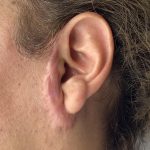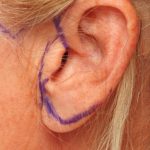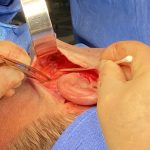Plastic Surgery Case Study – Pixie Ear Correction in the Young Female Facelift Patient
Background: While there are many techniques for lower facelift surgery they all share one basic element…incisions around the ears. No matter what is done inside (SMAS manipulations) the presence of incision in and around the ears is what controls the amount of face and neck skin that is removed and repositioned in the procedure. As Read More…






